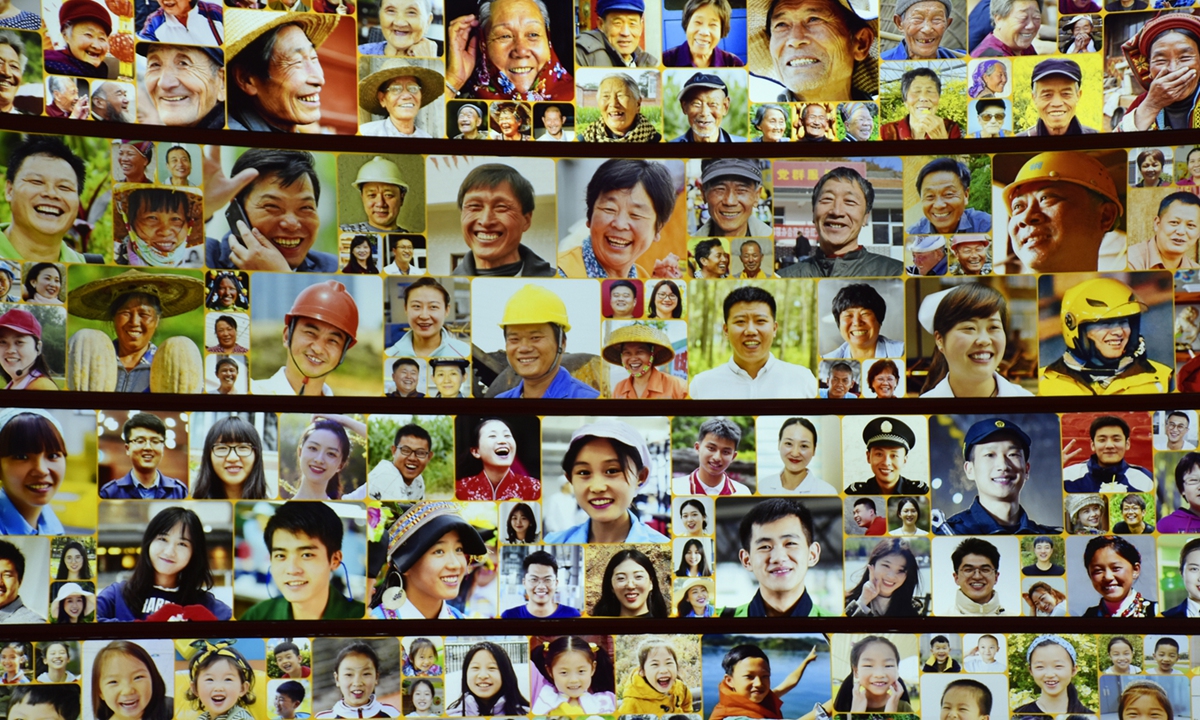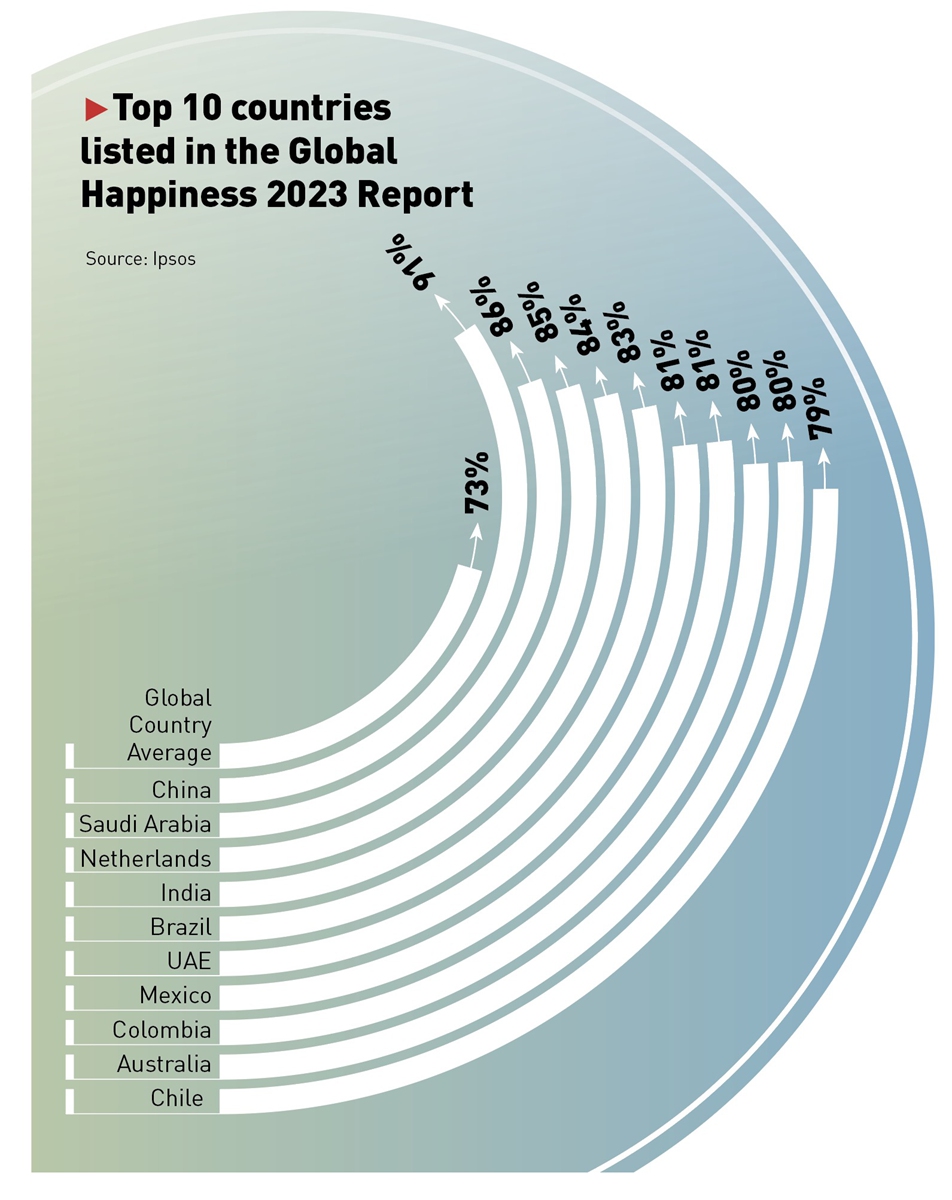FEW stories warm the heart quite like our plural society coming together for the greater good.
Usually, these acts of kindness go unnoticed and unreported because they’re expected. But truth be told, we know this is a commodity.
And as with true generosity, these good folks don’t do it for publicity.
It was a week ago when the media reported on a group of Chinese villagers answering the call of travellers using back roads to avoid the nationwide snarl following the end of the Hari Raya holidays.
Commuter Zairul Annuar Zain, relying on Google Maps, thought his smartphone would solve his problem by getting off the highway while heading south. Unfortunately, he found himself on an isolated path in Ladang Bikam, Perak, instead.
Several cars explored the same off-the-beaten-track route, but the journey soon became bumpier because of the bad, hilly road conditions.
Enter a group of 15 Chinese men who approached the stranded vehicles and told the passengers to wait while they set to work.
Armed with a backhoe to excavate and level the road, they managed to ensure the path was flat enough for the vehicles to pass through within 15 minutes.
— Video Screengrab from Zairul Annuar’s FB“They could have chosen to sleep. Instead, they were willing to take the trouble to help us continue our journey there that night,” said Zairul, who recorded a video of the helpful villagers.
We’re indebted to Zairul for sharing the incident – which went viral – on his Facebook. It’s perfect timing because the nation desperately needs an endearing story, and in the month of Syawal with the nation still celebrating Hari Raya, no less.
Then, there was another wonderful video of a young Chinese man embracing his adopted Malay mother on Hari Raya.
Despite looking very different from the rest of the brood, and knowing he was adopted, the emotional man expressed his gratitude to his mum for raising him and treating him like she did his siblings.
In the last month, Malaysia has been gripped by disconcerting reports, a situation exacerbated by agitating and provoking politicians and netizens. Their insensitive comments on social media have certainly broken our hearts.
That said, there are many unsung heroes in Malaysia, too. These are the people who dedicate their lives to helping their countrymen without deliberating one’s skin colour or religion, and they ask for nothing in return.
Star Media Group and Gamuda Bhd have worked together for nearly 10 years to recognise and reward the kindness with the Star Golden Hearts Award. Our task gets harder with greater competition and nominees becoming more impressive every year. The nominations are submitted to the judges and as chief judge, Tan Sri Lee Lam Thye, says Malaysia is never short of unsung heroes.
Like when insurance agent Abdul Muhsi Ramlan saw teenager Teh Rui Yuan lying motionless next to his motorbike after an accident and instinctively stopped to help.
He acted fast and asked onlookers to help him load the 17-year-old boy into his car before rushing to the hospital. There, he admitted the boy and even extended himself by trying to get in touch with the teenager’s parents through social media.
Teh eventually recovered and visited Abdul Muhsi with his family after that year’s Hari Raya with a hamper in hand, not only to register their gratitude but mark the festive occasion as well.
“When I saw his face, I just wanted to save him,” said Abdul Muhsi when recalling the accident, revealing that they are still in touch to this day.
Of course, there’s also the heart melting story of one of 2016’s Star Golden Hearts Award winner Mohd Yusuf Rohani caring for diabetic friend R. Doraisamy for four decades.
They are neither related nor from the same cultural background, but none of that matters to them.
The pair met in Ladang Selabak, Perak, when Mohd Yusuf was a Standard Three student and Doraisamy a 28-year-old odd job worker with failing eyesight. Although 19 years separate them, a friendship was forged in which Mohd Yusuf has dedicated himself to helping his friend after learning of his health issues.
Over the years, Doraisamy not only lost his sight, but the lower half of both limbs, too, due to his illness.
“It may be difficult, but I don’t see it as a burden at all because he can’t see, and he has no legs. Who would take care of him if I’m not around to do it?” argues Mohd Yusuf.
His care of Doraisamy runs the gamut of financial aid to cleaning the older friend after his bathroom runs. They may both struggle to make ends meet, but hardship has fused them together for life. From his primary school days through to his marriage and birth of six daughters, Mohd Yusuf has remained resolute in helping his friend, who lives with his younger sister and her husband.
Friendships like these may seem strange, but compassion and kindness cut across all boundaries. After all, it’s the giving that makes us what we are.
Having been involved in the selection process for Golden Hearts before, I can vouch that most Malaysians are compassionate.
From a Chinese-speaking Malay fireman who used his linguistic skills to coax a woman from jumping off her flat, to nurses, doctors and helpers who risked their lives to care for Malaysians during the Covid-19 pandemic, there are many such stories.
There are also groups of youngsters who sacrifice their Saturday nights to distribute food to the homeless in Kuala Lumpur. No one is ignored and no questions are asked either.
As Lee said, the fact that they have been nominated by so many Malaysians vividly attests to the recognition of their good work.
Then, there are caregivers who voluntarily work to help the elderly and disabled, too.
These are tedious jobs which require immeasurable patience and dedication, and again, these volunteers have never asked for coverage to bask in social media glory.
Some are mere individuals while others belong to non-governmental organisations with greater manpower, but the bottom line is, they’ve positively impacted all of us in Malaysia through their commitment.
Let’s be honest, many of us have grown tired and weary, and even given up on our country, going as far as to encourage overseas based friends and family to remain there for a brighter future.
However, the stories above serve to remind us that Malaysia is truly unified, barring egotistical and selfish politicians whose vocabulary barely extends beyond the word boycott.
In truth, it’s us who should turn away from them. Although race and religion routinely take the rap, the world is ultimately divided into good and bad people.
The “Maaf Zahir Batin Hari Hari” campaign (#MZB365), launched on April 6, is also promoting heartwarming tales of unity in Malaysia. The campaign stands strong with support from major media corporations and civil society organisations. Check out the stories on TheStar.com.my.











 Graphic: GT
Graphic: GT
















 Prof Dr Mohd Tajuddin Mohd Rasdi is Professor of Architecture at UCSI University. The views expressed here are entirely the writer’s own.
Prof Dr Mohd Tajuddin Mohd Rasdi is Professor of Architecture at UCSI University. The views expressed here are entirely the writer’s own.








 Nasam founder and chairperson Janet Yeo started Nasam in 1996 while she was recovering from a stroke. Photo
Nasam founder and chairperson Janet Yeo started Nasam in 1996 while she was recovering from a stroke. Photo























GDP by countries 1820-2022